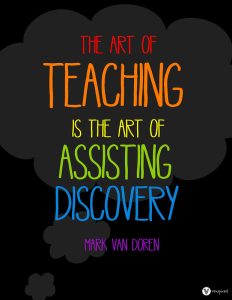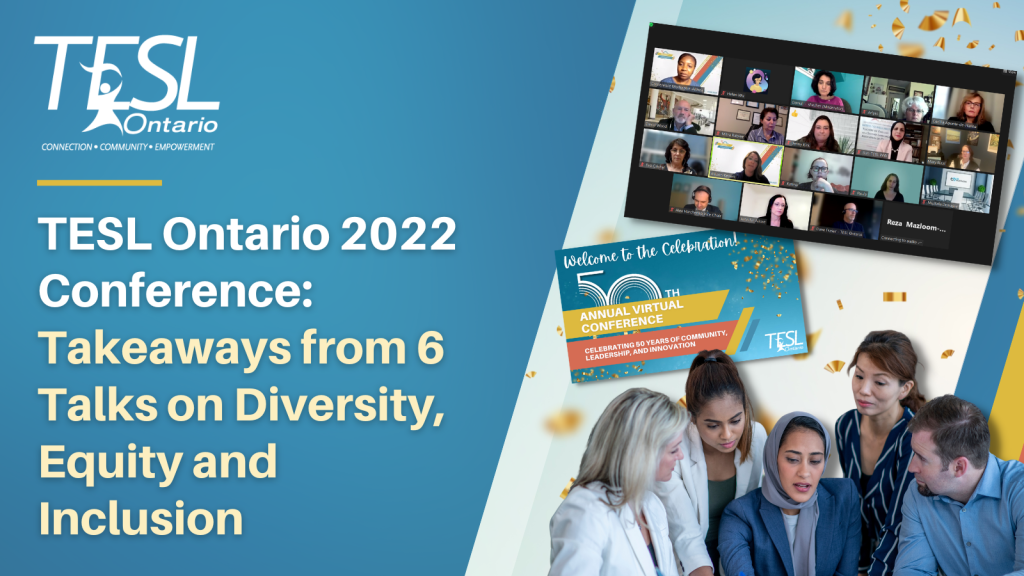By Kali Thurber

Over the past four years, I have spent a great deal of time reflecting on community. I only became personally aware of my deep need for a sense of community when my social life was suddenly limited to my immediate family during the first lockdown of the COVID-19 pandemic in the spring of 2020. Despite having two wonderful people to share my small Toronto home with every second of the day, I felt isolated and craved groups of people to share my various experiences, thoughts, and feelings with. Continue reading









